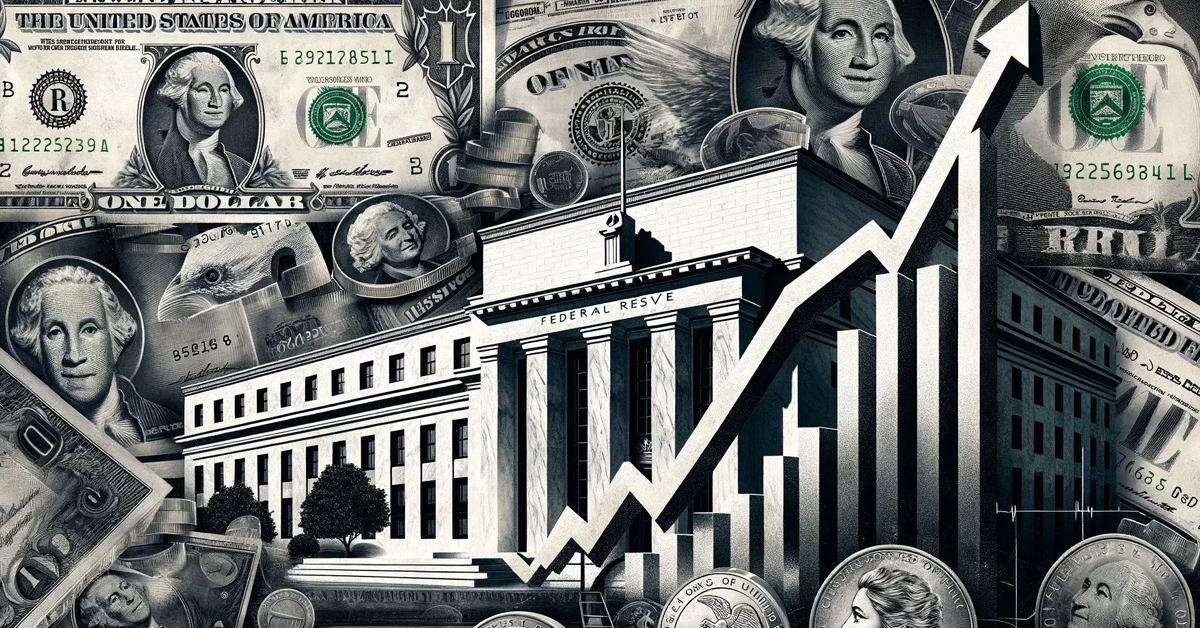Australian Dollar Stabilizes Post-Inflation Data, US Dollar Stays Strong
The Australian Dollar (AUD) recovered some of its earlier losses on Wednesday following the release of the higher-than-expected Monthly Consumer Price Index (CPI). This robust inflation data has fueled speculation that the Reserve Bank of Australia (RBA) might consider another interest rate hike. The minutes from the RBA’s May policy meeting revealed that the central bank had already contemplated a potential rate increase, adding weight to this possibility.
Earlier in the Asian trading session, the AUD struggled due to increased risk aversion and a stronger US Dollar (USD). The USD’s strength can be attributed to rising US Treasury yields, with the US Dollar Index (DXY), which measures the USD against six major currencies, trading higher around 104.70.
At the time of reporting, the yields on 2-year and 10-year US Treasury bonds were at 4.96% and 4.54%, respectively.The US Dollar’s rebound on Tuesday followed remarks from Neel Kashkari, President of the Federal Reserve Bank of Minneapolis, who suggested that a rate hike might still be on the table. Kashkari expressed uncertainty about the disinflationary process and predicted only two rate cuts. This hawkish stance has led to increased speculation about the Federal Reserve’s future actions.
According to the CME FedWatch Tool, the probability of the Federal Reserve implementing a 25 basis-point rate cut in September decreased to 41.7%, down from 44.9% the previous day. This shift in expectations underscores the market’s reaction to the Fed’s evolving outlook on interest rates and inflation.Looking ahead, New York Fed President John Williams is scheduled to speak on Wednesday, and the Fed’s Beige Book will be released.
The Beige Book provides an overview of the current US economic situation based on interviews with key business contacts, economists, market experts, and other sources from the 12 Federal Reserve Districts. These events are likely to offer further insights into the Fed’s perspective on economic conditions and potential policy actions.
In summary, the AUD’s recovery was driven by stronger-than-expected inflation data, raising the prospect of an RBA rate hike. Meanwhile, the USD remains firm, supported by rising Treasury yields and a cautious yet hawkish stance from the Federal Reserve. Market participants will closely monitor upcoming Fed communications and economic reports for further indications of future policy directions.

.webp)




